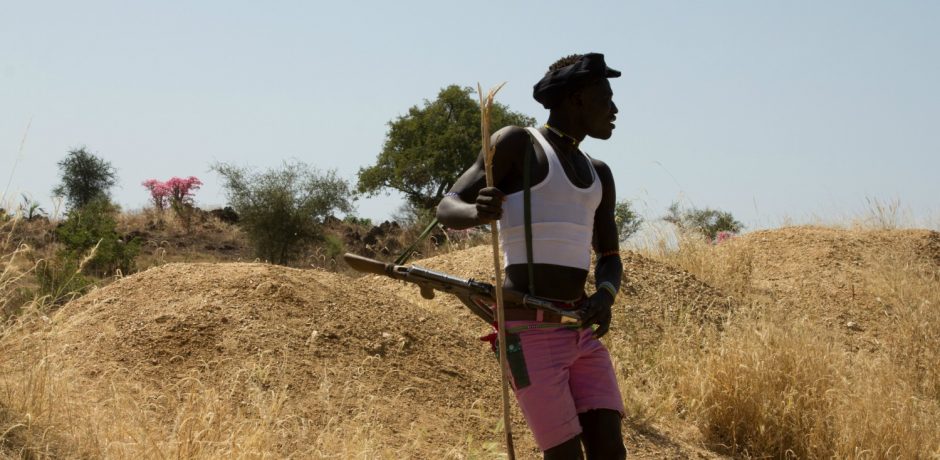
TSOTA‘s Bobbie Hook and Ella Milburn review HOME Manchester‘s African Hopes, Beats and Dreams film season.
Hope (2014) – Directed by Boris Lojkine

Hope tells of a poignant contemporary journey, likely to be all too familiar to refugees who have made or are currently making the arduous mission on foot to Europe. The film’s title could refer to the female protagonist Hope – a stoic young woman who seems to take her degrading treatment within her stride (more on that in a bit); or, to the bigger picture – the hopes and dreams of young African men and women, seeking education and work in an idealised Europe. Where exactly the film’s name is taken from is neatly left ambiguous, leaving both interpretations possible.
The story follows Hope and Léonard, who set off on individual journeys that soon become entwined. On her journey Hope suffers rape, discrimination and segregation, before seeming to resign herself to making money through prostitution. Léonard is driven by aiming to continue his education in Europe, but his natural compassion ultimately holds him back several times on his journey. Be warned that the racist and nationalist verbal and psychological abuse they both suffer along the way is exceptionally distressing, though certainly not gratuitously. The director aptly demonstrates the excruciating levels of bureaucracy to which refugees are subject: the impossibly long hours these refugees spend waiting, unable to move forward without money, passports, or permission from ghetto chairmans. Anytime they do move forward it seems to be by breaking the traditional rules and routes of their fellow journeymen.
What keeps the film from simply being a brutally realistic depiction of the life of a refugee is the hope – there you go – of the individuals for their own futures, and the affection found between Hope and Léonard during their limbo-like travels.
If I’ve used dramatic language for this review I would say it’s necessary. The fact that this kind of story feels like it could be about any of the hundreds of thousands of people seeking (what appears to be) a better life in Europe, means that it should not be normalised or simply taken for what it is. This film can be seen as a humanist project that succeeds in highlighting the inhuman ordeals people are forced to suffer in the hope for something better.
– Review by Bobbie Hook
The Dream of Shahrazad (2014) – Directed by Francois Verster
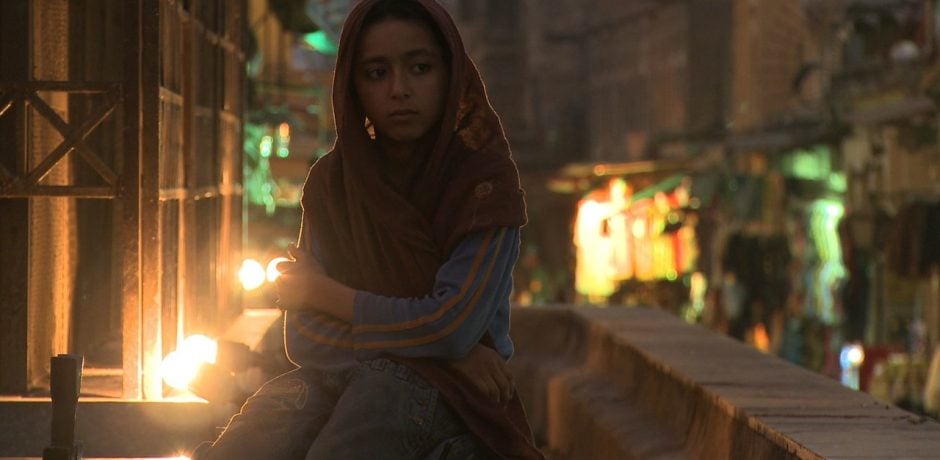
Feature-length documentary The Dream of Shahrazad follows artists’ reactions to the Egyptian Revolution and its impact on the wider Middle-Eastern and North African consciousness, all loosely linked to and told alongside the folktale One Thousand and One Nights (also commonly known as Arabian Nights). If that sounds convoluted then you could say it’s representative of how the film initially sits with the viewer. The curation of the footage (itself wide-ranging enough to fuel maybe three or four separate documentaries) to fit in with the plots of the folk story results in the film’s meaning remaining obscure for some time, as seemingly disparate threads of narrative are awkwardly forced together by the telling of Shahrazad’s tale. This isn’t to say the film’s content was unworthy of praise. On the contrary, I personally found this style of organisation to distract away from what was otherwise important and often extremely moving footage. Such a bold curatorial style was no doubt adopted with specific intentions, perhaps to echo the inherently chaotic nature of the interactions between social change, culture and consciousness, but I personally think a more conventional style would have gone a long way towards making already complex and diverse material more accessible.
Nonetheless, the film is well worth a watch: a testament to the power of art, music and community as an antidote to suffering and as a vehicle for promoting social change. Featuring artists in Egypt, Turkey and Lebanon, rather than isolating each country’s recent political history the film draws them together, hinting at a collective mentality which transcends borders. Conductor Cem Mansur runs a fortnight-long orchestral camp in Istanbul according to a democratic model, guiding students to consider the rights of women and minorities within Turkey. Plagued by memories of war, lebanese actress Ghida Hammond moves between Egypt and Lebanon, finding solace in traditional storytelling and inspiration in the Egyptian Revolution. And, most poignantly, storytellers and researchers come together to give voice to the story of Ruqqaia Ayman, an Egyptian woman whose teenage son was arbitrarily shot dead on his way to his tutor’s house in the days following the revolution. Indeed, any reservations I initially had about the documentary’s editorial line are undoubtedly subordinate to the profound impression left by these artists’ inspiring tales.
– Review by Ella Milburn
Beats of the Antonov (2014) – Directed by Hajooj Kuka
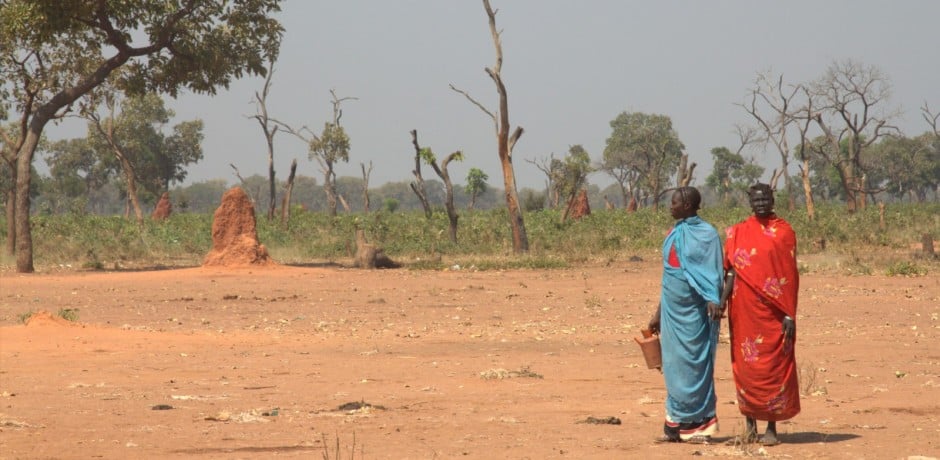
In his documentary Beats of the Antonov, war reporter Hajooj Kuka looks at the musical movements of the Blue Nile and Nuba Mountain regions of Sudan. Daily air strikes punctuate the lives of the regions’ inhabitants, who take cover in improvised bomb shelters and ditches in the ground before springing to a musical and communal expression of fear, relief and exhilaration as the bomber planes depart. This rhythm of fear and celebration pulses throughout, as, rather than following a linear narrative, the film vacillates between these different aspects to create a montage of footage which is almost musical in its own right. The most obvious effect of such juxtaposition is to throw into sharp relief the astonishing resilience of these communities in the face of the never-far-away threat of Antonov bombercraft.
The film goes on to develop a remarkable exploration of the significance of these forms of music, not only as an expression of resilience, but also as a way to navigate complex intersections of identity such as age, gender and race. In the context of the racial hierarchies promulgated by the National Congress Party, the continuation of traditional Sudanese arts and culture (such as the forms of music seen in the film) constitutes a subversive political act. Interviewees attest to the ‘fake identities’ of those in the North, who, they believe, are rejecting their own African roots to fall in line with the oppressive gaze of an idealised Arab national identity. The people of the Blue Nile and the Nuba Mountains, by contrast, consciously combat the dwindling representation of Sudan’s black culture by ensuring its continuation through the people. This genuinely rebellious and dynamic music is unlike anything I’ve witnessed in the West.
Comfortingly familiar, however, was the debate around what went referred to in the film as ‘girls’ music’. Taking influence from traditional music but incorporating new elements, this hybrid form has emerged from the young women in the community – much to the dismay of some older members. This phenomena throws into relief the importance of a sense of ownership over culture: while the women are driven by an urge to create music relevant to their generation, that they can call their own, older groups feel scared of the risk of losing their own.
The film’s affirmation of the universality of music, as organic expression which is utterly intrinsic to humanity, is profoundly affecting. Perhaps even more moving, however, is the role music plays in keeping the populations of the Blue Nile and Nuba Mountain regions of Sudan resilient, proud and – incredibly – full of forgiveness. A truly remarkable film.
Filed under: Art & Photography, Film, TV & Tech, Music
Tagged with: African Hopes, Beats and Dreams, Beats of the Antonov, film festival, film review, HOME, hope, manchester, The Dream of Shahrazad
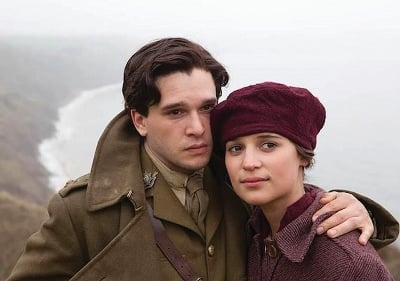

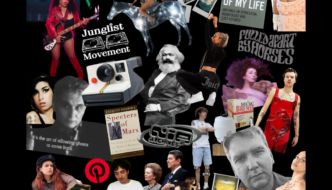
Comments